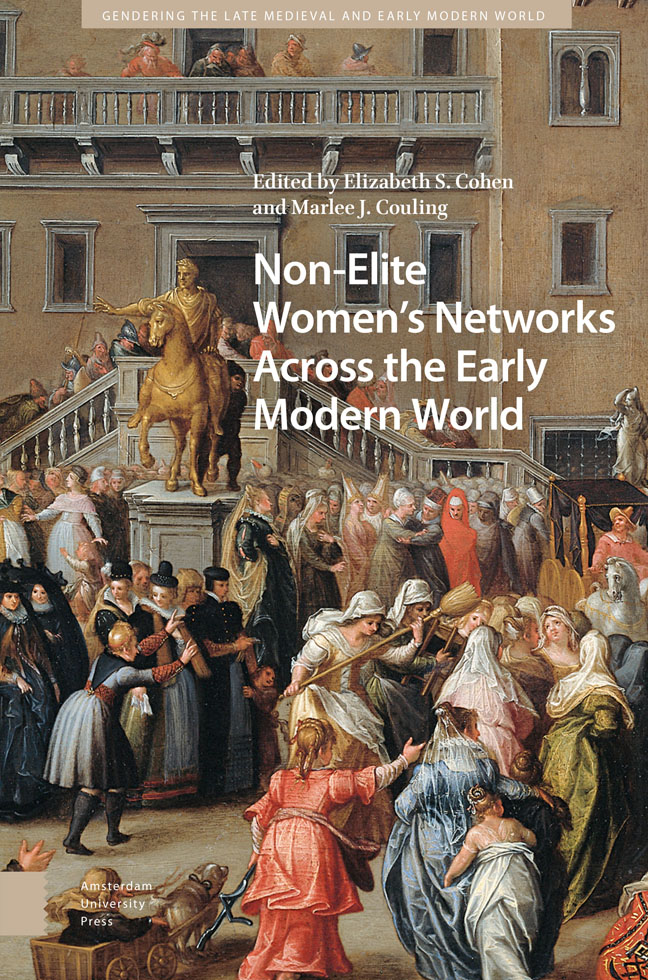6 - The Place-Based Networks of Sex Workers in Sixteenth-Century Venice
Published online by Cambridge University Press: 20 February 2024
Summary
Abstract: Focusing on the illegal sex trade that unfolded throughout Venice, this chapter analyzes gendered strategies concerning space and mobility, visualizing neighborhood and cross-city relationships among sex workers and their procurers, especially gondoliers. The spatial and temporal syntax of professional networks reveal how sex work was conditioned by the city's streets and canals and was associated with the dynamic rhythms of daily life. The built environment helped those engaged in the sex trade to negotiate conflicting demands for visibility and invisibility; darkness complemented these efforts, for example, when sex workers collaborated with gondoliers whose landings were designated for night service.
Keywords: sex work, Venice, networks, urban history, spatial practices
The sex workers of Venice, and especially its high-end courtesans, were famous in the Renaissance and have continued ever since to attract the attention of scholars. Taking a novel approach to sex workers as a group, my larger project uses mapping to situate their activities and movements within Venice's unique urban geography. This article draws on a combination of sources from the fifteenth and sixteenth centuries to reconstruct how space framed interactions between these women and other urban dwellers. Although contemporaries deemed sex workers ubiquitous in the city, some locations and pathways, where they habitually encountered clients and other Venetians, became associated with the trade. These include not only the two official brothels, but also sex workers’ private dwellings and other sites in zones where complementary businesses, low rents, and intersections of circulation networks of various scales served their needs. Examples from the parishes of San Cassiano, Santa Maria Formosa, and San Giovanni Novo, and the district of Cannaregio show that sex work was a highly social, publicly visible business and that the city served as the sex worker's workplace. Alleys, quays, bridges, porticos, and peripheral squares anchored her interactions with procurers and, more often, procuresses, as well as servants, lodging house matrons, bathhouse attendants, tavern and inn keepers, porters, gondoliers, clients, and others who moved in and out of her orbit. The places where they met, generally overlooked by architectural and urban histories that privilege the monumental over the vernacular, produced a spatial syntax of sex work that integrated the trade into everyday neighborhood life.
- Type
- Chapter
- Information
- Non-Elite Women's Networks across the Early Modern World , pp. 139 - 164Publisher: Amsterdam University PressPrint publication year: 2023



